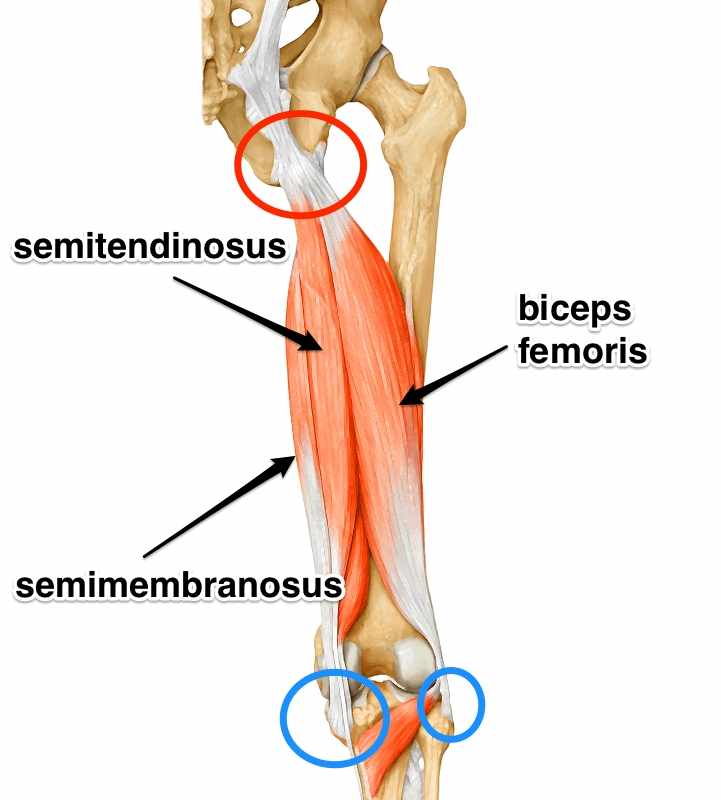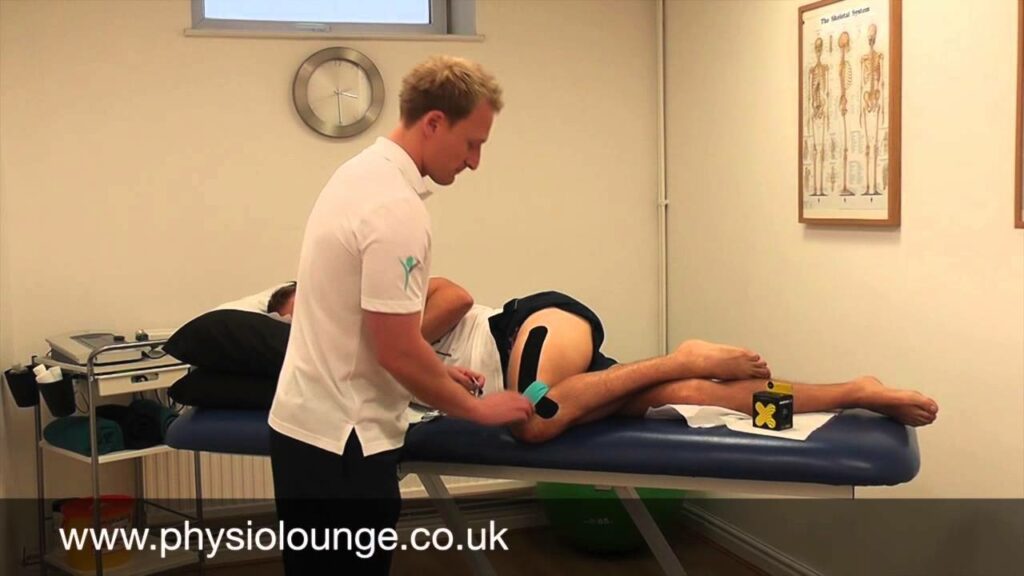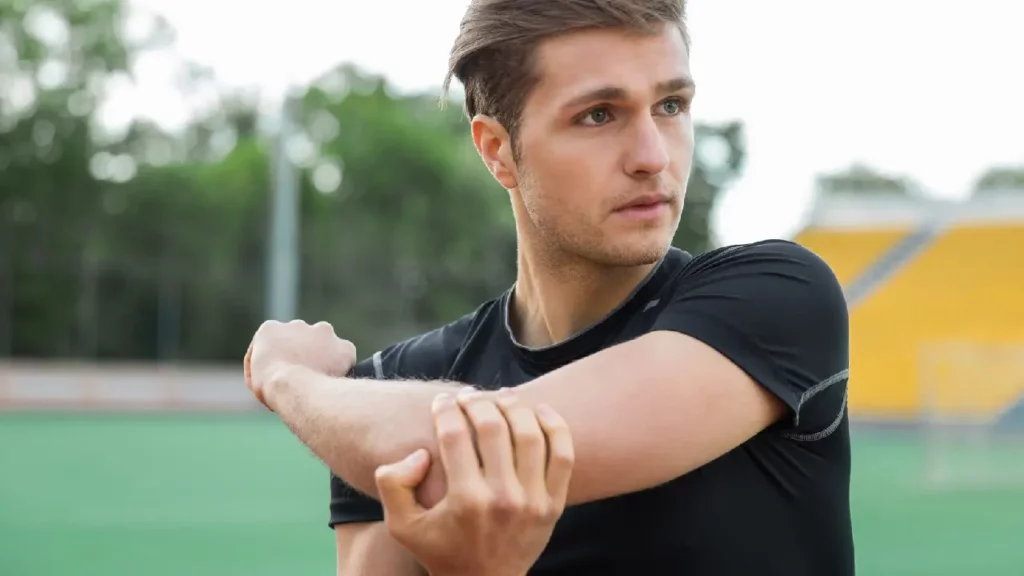With the World Cup fully underway… we decided to stay on theme and give our football playing followers some advice and guidance into how to deal with the most common footballing injury… The hamstring tear!
By December in the 2017/18 premier league season 90 players had missed time out due to a hamstring injury, but why is it so common???
The hamstrings are vital in controlling our leg extension while running and kicking. Excess strain is put on the muscle when the force of movement is either too high for muscle to control, or when the muscle is too fatigued to function correctly. Another widely common cause for hamstring strains is pelvic control, often related to limitations in core and hip strength.
The image below shows us how an ‘anterior pelvic tilt’ can lead to hamstring tightness.

Hamstring Anatomy
The hamstrings are made up of 3 muscles. The Semimembranosus, the Semitendinosus and the Bicep Femoris. The Bicep Femoris is made up of two parts, the long head and the short head… it’s the biggest, often strongest and the most commonly injured of the hamstring muscles. The Bicep Femoris spans two joints, the hip and the knee. So we need to consider this in our rehab and injury prevention strategies and include exercises that target both hip and knee extension.

Initial Management
Initial management of a hamstring strain should remain the same as any soft tissue injury following the acronym ‘POLICE’ for the first 48 – 72 hours after injury;
- Protection – Avoiding movements that cause pain or discomfort
- Optimum Loading – Avoid being on feet for prolonged periods of time
- ICE – 20 minutes of ICE to affected area every 1.5-2 hours
- Compression – applied directly to the hamstring to limit swelling
- Elevation – whenever resting, allows swelling to be removed more efficiently.
Staying Fit to Play
Following a course of physiotherapy to safely rehabilitate your hamstrings and return you to the beautiful game… its vital to continue to work on strengthening and mobility exercises to avoid another injury (common with hamstring injuries… need I mention Michael Owen’s history?!).
According to Bruckner and Khan (2013) the incidence of hamstring re-injury in football can be as high as 60%. But fear not… effective pre-habilitation significantly reduces this risk.
Football is a predominantly ‘unilateral’ sport… so you are often stabilising on one leg when running or kicking. Here at The Physio Lounge are all about function so we need to re-create this single leg stability with our rehab. Here are some great exercises to help reduce injury risk in the first instance but also for somebody recovering from a hamstring tear.
Wrap Up
Hopefully you now understand the complexity of the hamstring muscle group and have an idea of how you can protect yourself against injury. But more importantly understand what it takes to make sure you are ready to return to play without risking further injury.
If you are struggling with a hamstring tear then use the link below to book an appointment with one of our specialist Physio’s today.
PS – It’s coming home!!!



